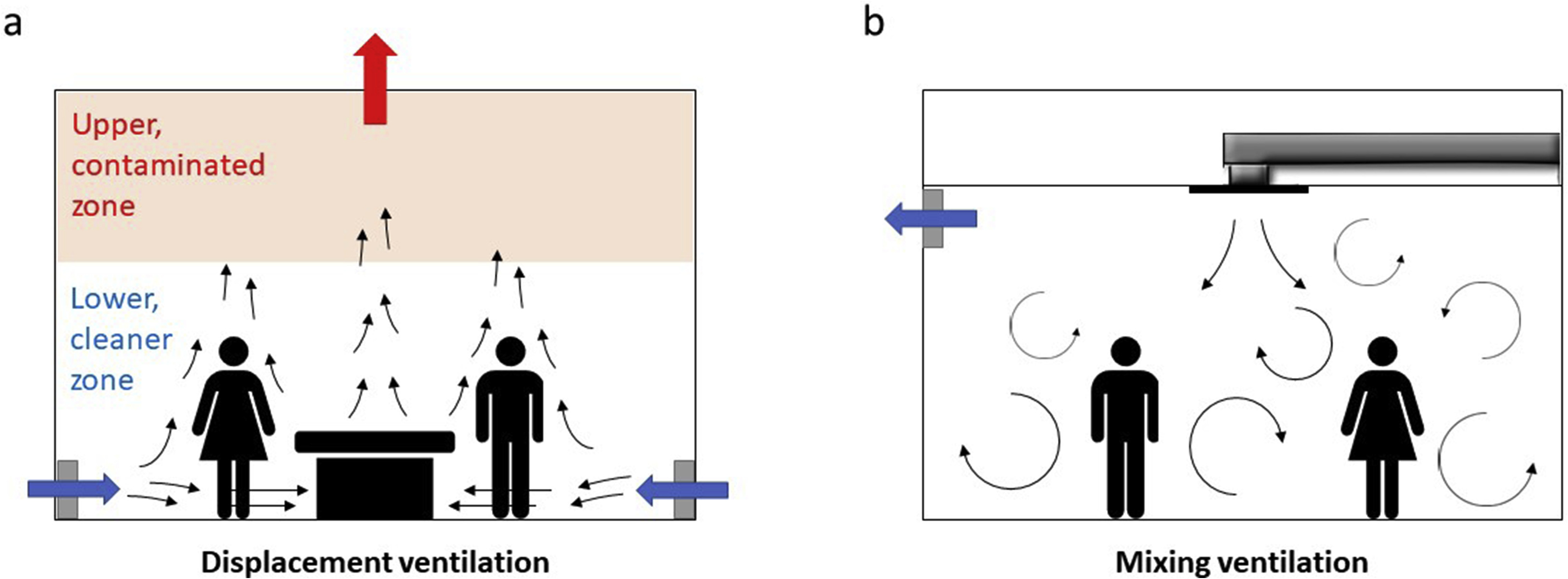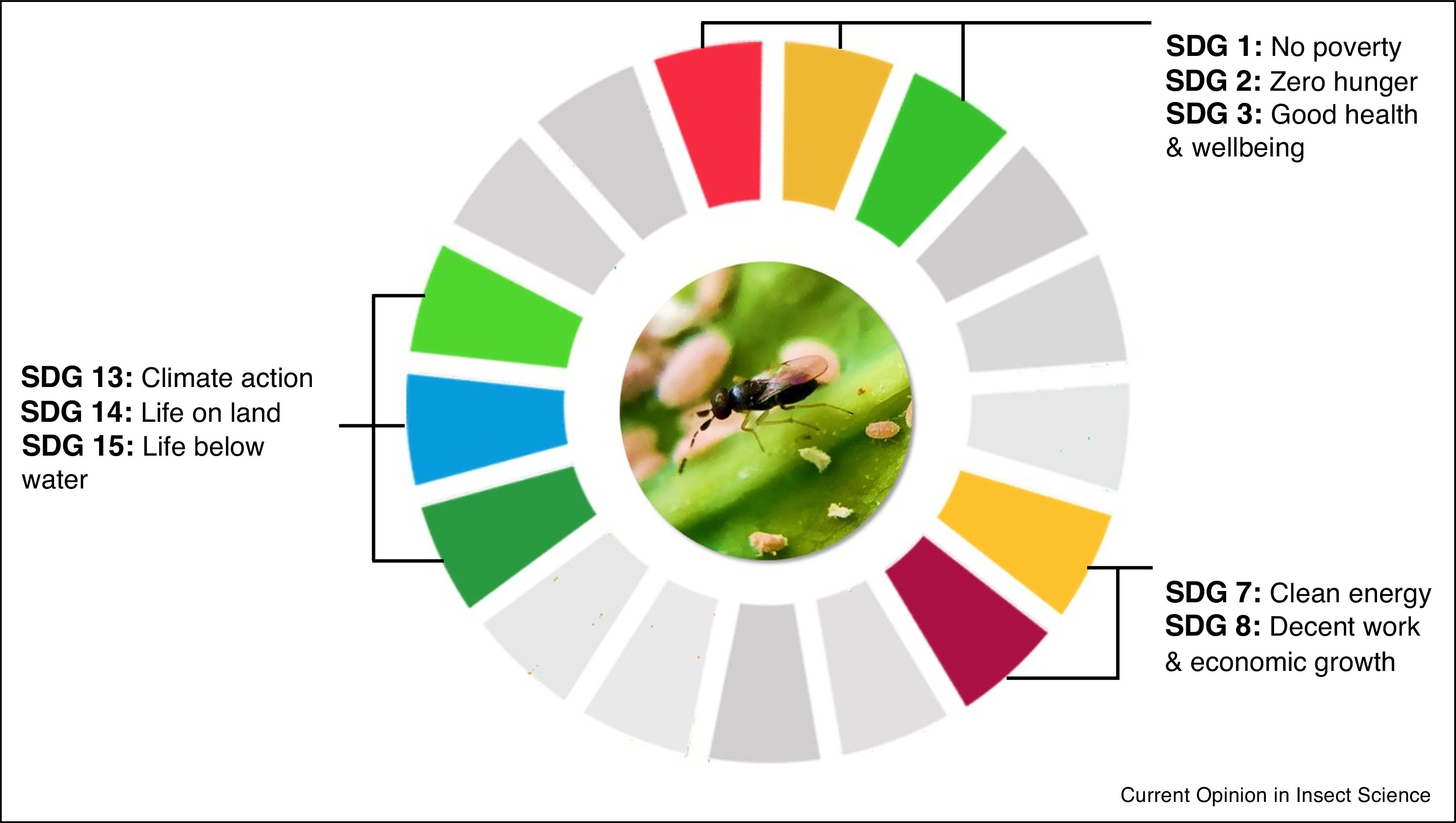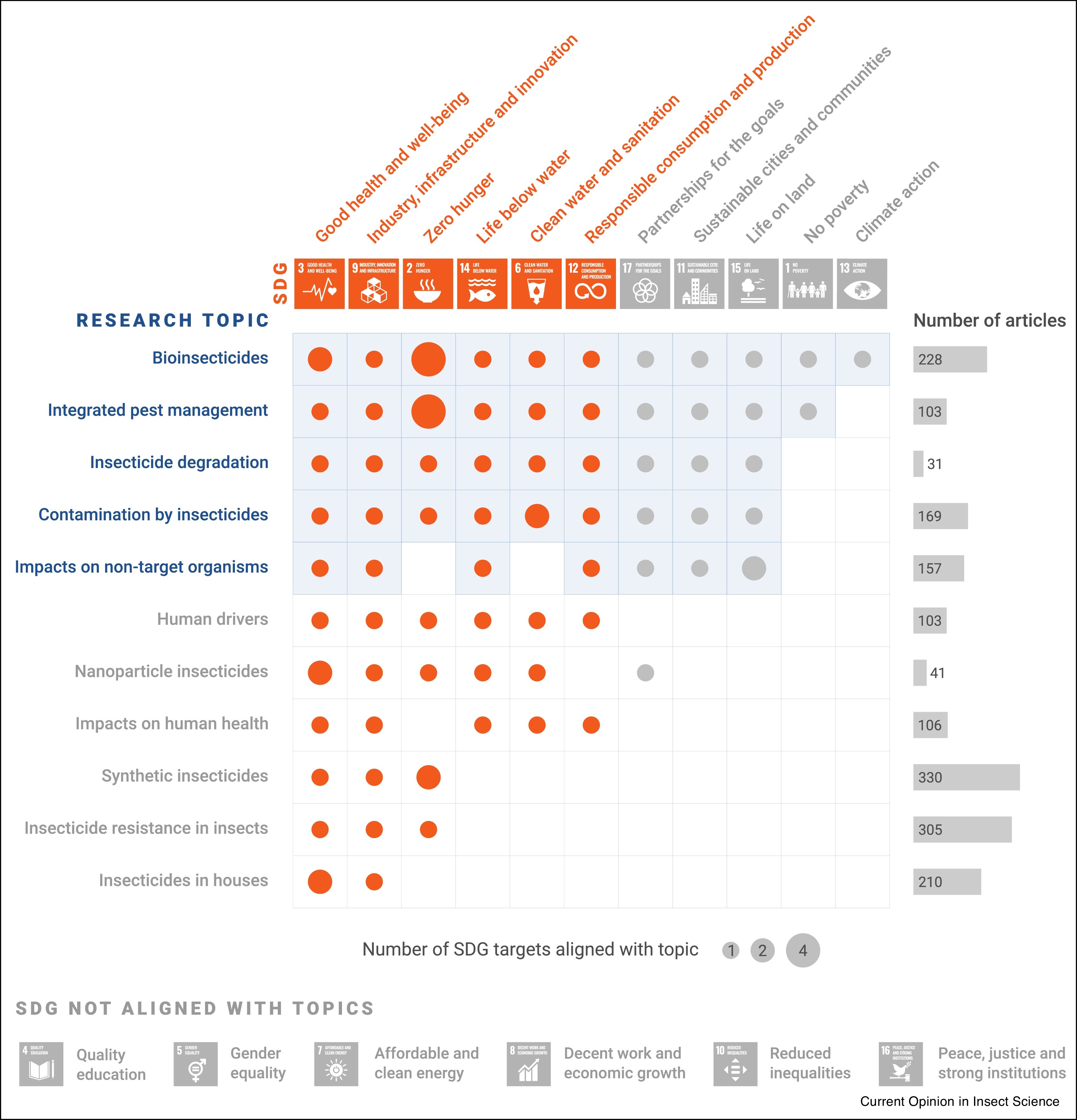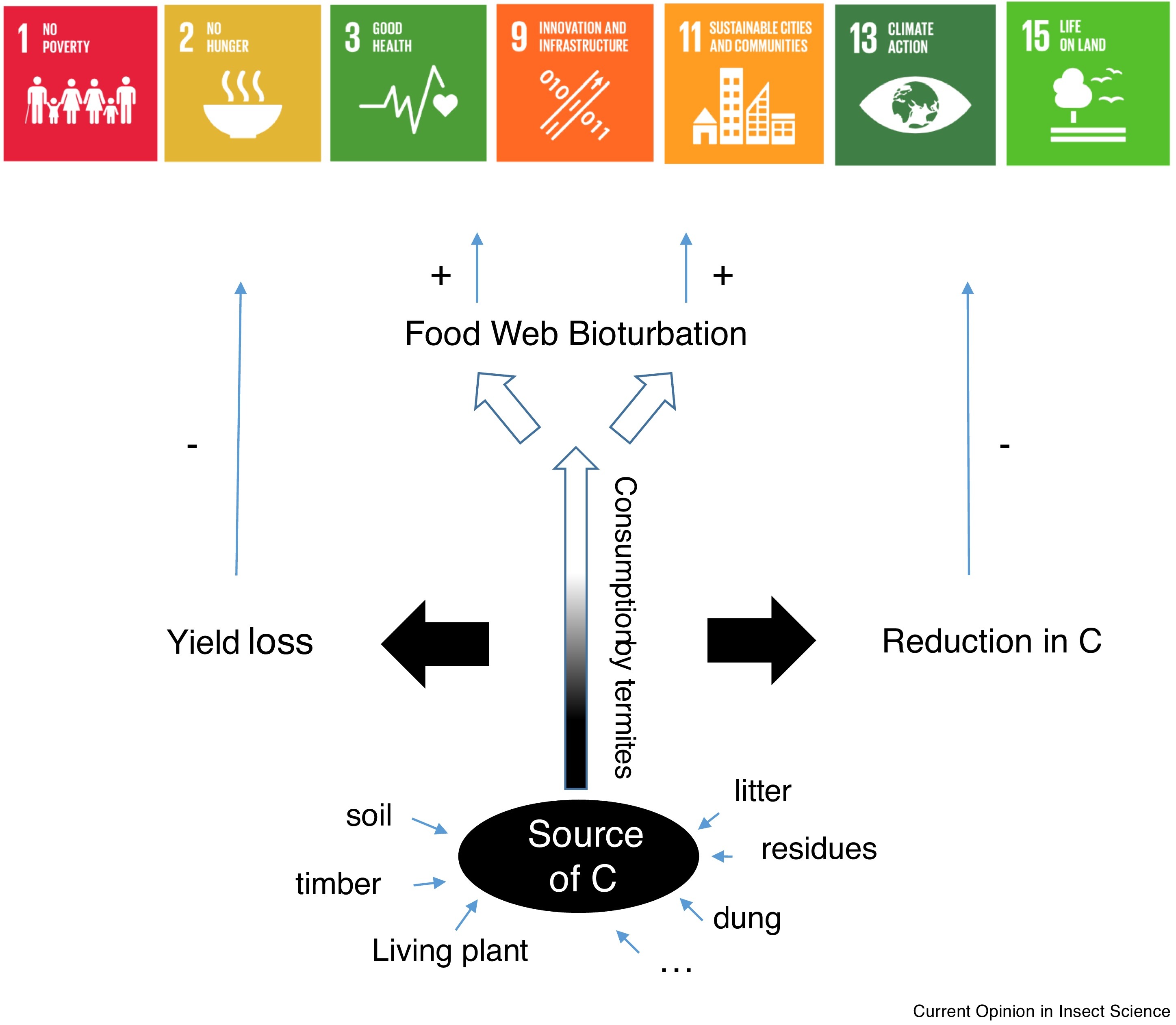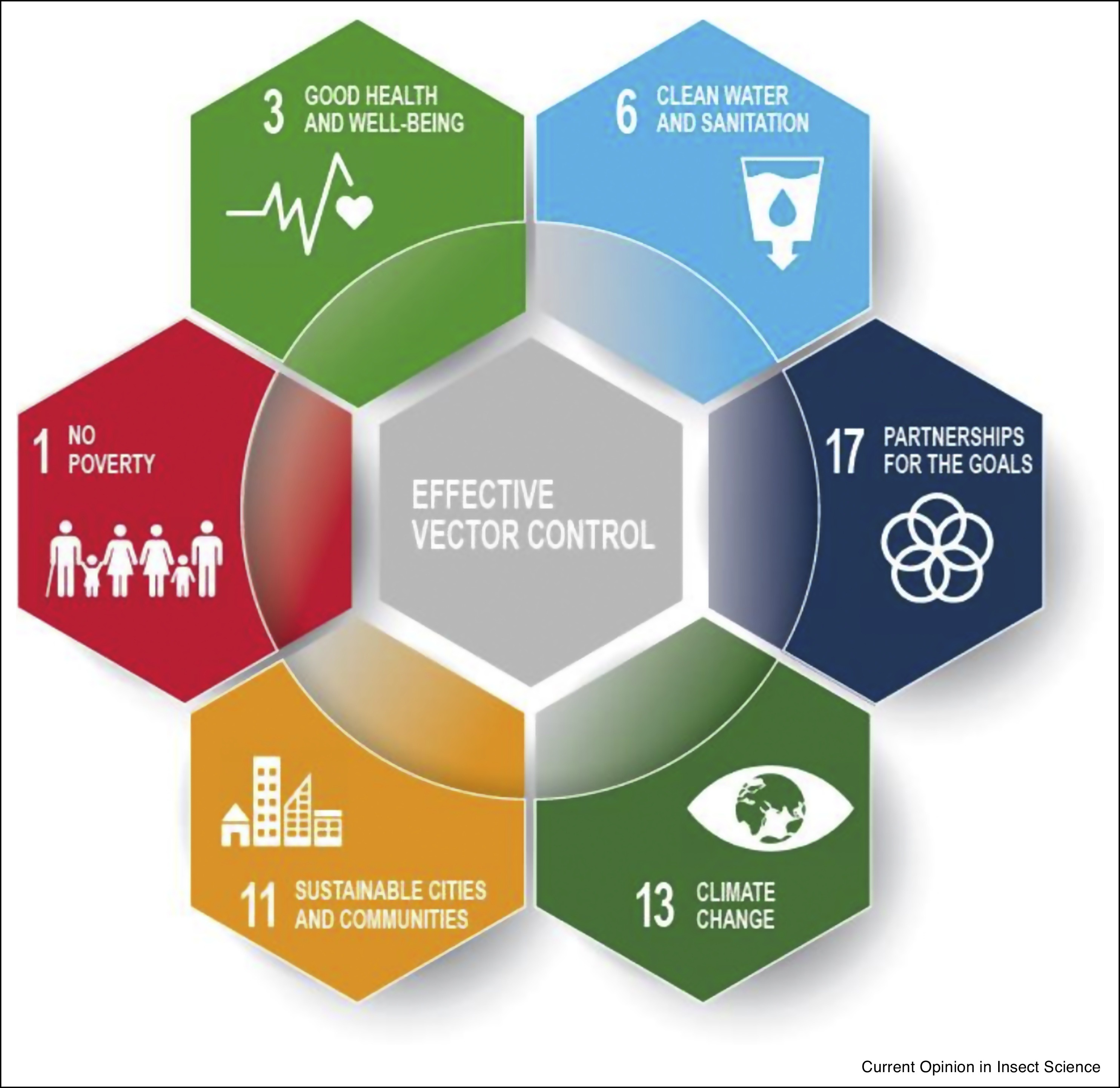Elsevier,
One Earth, Volume 3, 18 September 2020
The recession and debt distress accompanying coronavirus disease 2019 (COVID-19) pose serious threats to governments’ ability to invest in achieving the Sustainable Development Goals, raising the specter of another lost decade for climate action. However, fiscal policy can be designed to simultaneously stabilize the economy and public finances while advancing sustainable development.
Elsevier,
The Lancet Global Health, Volume 8, August 2020
Eradicating food insecurity is necessary for achieving global health goals. Liberal trade policies might increase food supplies but how these policies influence individual-level food insecurity remains uncertain. We aimed to assess the association between liberal trade policies and food insecurity at the individual level, and whether this association varies across country-income and household-income groups.
Elsevier, Building and Environment, Volume 180, August 2020
Within a time span of only a few months, the SARS-CoV-2 virus has managed to spread across the world. This virus can spread by close contact, which includes large droplet spray and inhalation of microscopic droplets, and by indirect contact via contaminated objects. While in most countries, supermarkets have remained open, due to the COVID-19 pandemic, authorities have ordered many other shops, restaurants, bars, music theaters and indoor sports centers to be closed.
Elsevier, Current Opinion in Insect Science, Volume 40, August 2020
Insects are indispensable actors within global agri-food systems and ensure the delivery of myriad ecosystem services. A progressive decline in insect numbers — as inflicted by habitat loss, pollution or intensive agriculture — can jeopardize a sustained provisioning of those services. Though we routinely disregard how insects help meet multiple sustainable development challenges, a gradual insect decline can have grave, long-lasting consequences.
Elsevier, Current Opinion in Insect Science, Volume 40, August 2020
Tropical cropping systems are highly dependent on synthetic insecticides, which generates sustainability issues. We performed a bibliometric analysis of the current insecticide literature (2017–2019) and used the Sustainable Development Goals roadmap to identify research topics in insecticide research that should be promoted to attain sustainable cropping systems.
Elsevier, Current Opinion in Insect Science, Volume 40, August 2020
Tropical insects are astonishingly diverse and abundant yet receive only marginal scientific attention. In natural tropical settings, insects are involved in regulating and supporting ecosystem services including seed dispersal, pollination, organic matter decomposition, nutrient cycling, herbivory, food webs and water quality, which in turn help fulfill UN Sustainable Development Goals (SDGs). Current and future global changes that affect insect diversity and distribution could disrupt key ecosystem services and impose important threats on ecosystems and human well-being.
Elsevier, Current Opinion in Insect Science, Volume 40, August 2020
Termites are amongst the main macroinvertebrate decomposers in tropical ecosystems and they exert additional impacts through the creation of biostructures (mounds, galleries, sheetings, etc.) with different soil physical and chemical properties, thereby impacting positively on numerous ecosystem services for humankind. Unfortunately, this positive or ‘bright’ role of termites is often overshadowed by their ‘dark’ side, that is, their status as pests threatening agriculture and constructions.
Elsevier, Current Opinion in Insect Science, Volume 40, August 2020
Viral diseases transmitted by mosquitoes, known as arboviruses, pose a significant threat to human life and are a major burden on many health systems around the world. Currently, arbovirus control strategies rely on insecticides or vector source reduction and, in the absence of effective, accessible and affordable vaccines, mainly on symptomatic based, non-specific treatments. However, insecticides have the potential to interfere with non-target organisms, cause environmental toxicity and insecticide resistance reduces their effectiveness as a sustainable control method.
